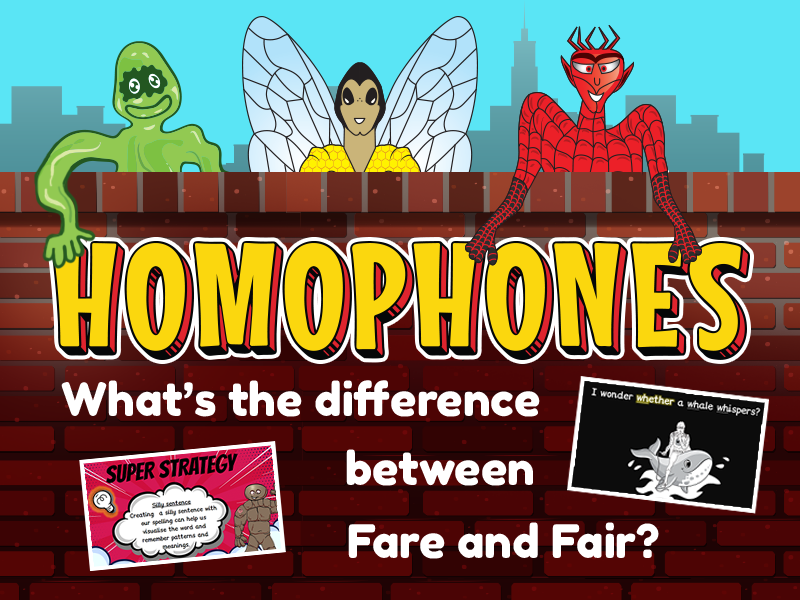

Spelling is difficult for many children and adults alike, but there is much less research on spelling than there is on reading. With approximately 40 phonemes (speech sounds) versus 250 possible grapheme correspondences in the English language, it is certainly a rather involved process to master all the possible variations and get them right!
One common, but mistaken belief is that spelling problems stem from a poor visual memory for the sequences of letters in words. Recent research, however, shows that visual memory plays a relatively minor role in learning to spell.
Spelling problems, like reading problems, originate with language learning weaknesses. Therefore, spelling reversals of easily confused letters such as b and d, or sequences of letters, such as wnet for went ,are manifestations of underlying language learning weaknesses rather than of a visually based problem. The kind of visual memory necessary for spelling is closely “wired in” to the language processing networks in the brain.
Poor spellers have trouble remembering the letters in words because they have trouble noticing, remembering, and recalling the features of language that those letters represent. These weaknesses may be detected in the use of both spoken language and written language; thus, these weaknesses may be detected when someone speaks and writes.
Children gradually develop insights into how words are represented with letters and sounds in Nursery, Early Years & KS1. This process moves ahead much more quickly (and successfully) if instruction in sounds and letters is systematic, explicit, and structured. Spelling of whole words is facilitated when the child understands that words are made up of separate speech sounds and that letters represent those sounds. As knowledge of that principle increases, children also notice patterns in the way letters are used, and they notice recurring sequences of letters that form syllables, word endings, word roots, prefixes, and suffixes. Memories for whole words are formed much faster and recalled much more easily when children have a sense of language structure and receive ample practice writing the words.
Spelling words the way they sound is common in the early years and a desirable step in understanding how we use letters to spell. However, this is not sufficient for students to learn all of the conventions and patterns of Standard English writing and the English Language.
Spelling Schemes that explore word structure, word origin, and word meaning are the most effective. Children who have learned the connections between speech sounds and written symbols, who perceive the recurring letter patterns in English syllables, and who know about meaningful word parts are better at remembering whole words.
It is important that students learn to spell words for writing and not just for spelling tests. Transfer to spelling in everyday writing is essential.
Our Superhero Spelling Programme uses many of these strategies to help children remember weekly spellings, take a look at www.superherospelling.com
Register
To get access to our FREE samples.